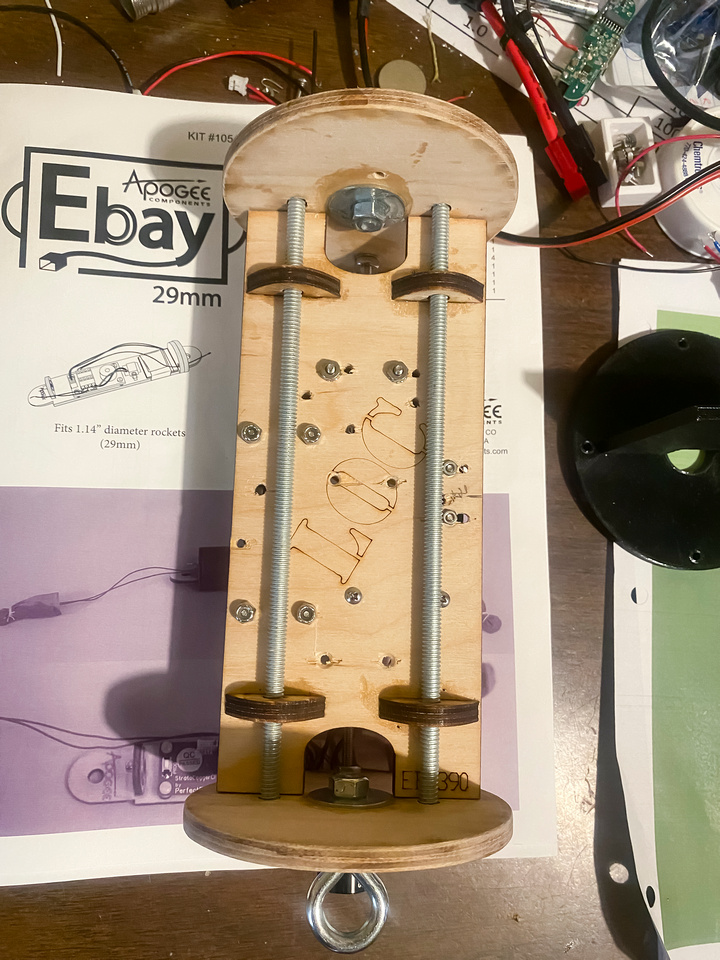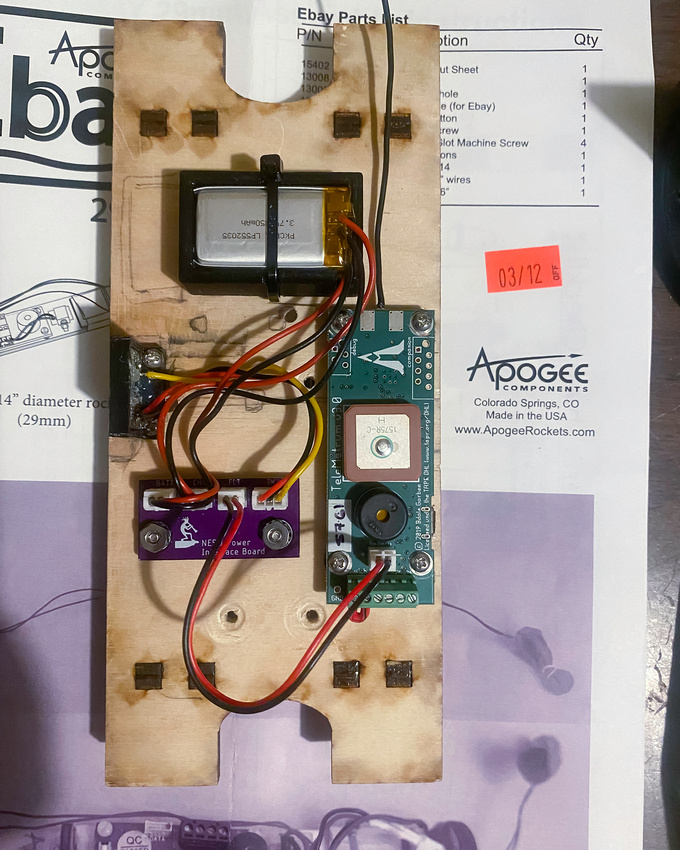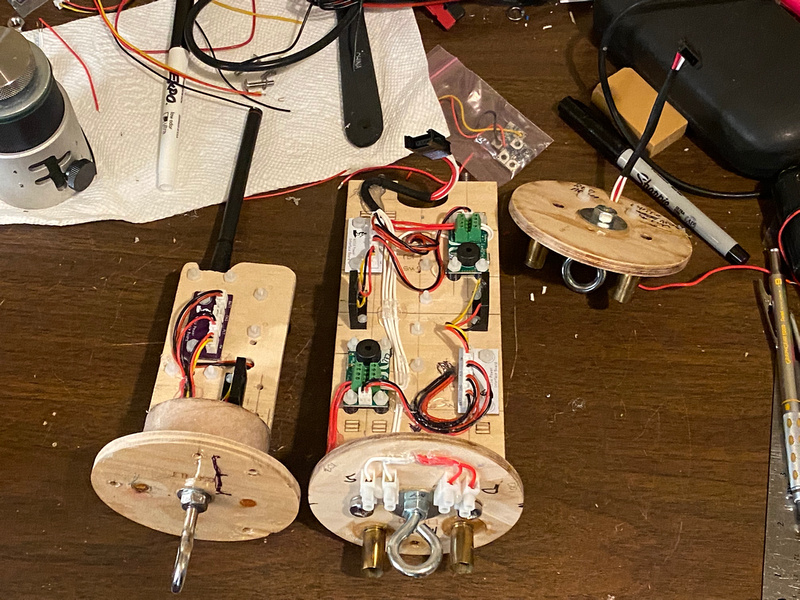lstmysock11
Well-Known Member
- Joined
- Nov 24, 2021
- Messages
- 106
- Reaction score
- 28
Hi all
The LOC IV now has the capacity to have a Ebay or dual deployment. With the video made by Dave Thomas he talks about you can use a Ebay you can assemble from LOC. Anyone know what one for this rocket? What most people would put in a rocket of this size? Level 1 High powered rocket.
Andrew
The LOC IV now has the capacity to have a Ebay or dual deployment. With the video made by Dave Thomas he talks about you can use a Ebay you can assemble from LOC. Anyone know what one for this rocket? What most people would put in a rocket of this size? Level 1 High powered rocket.
Andrew








